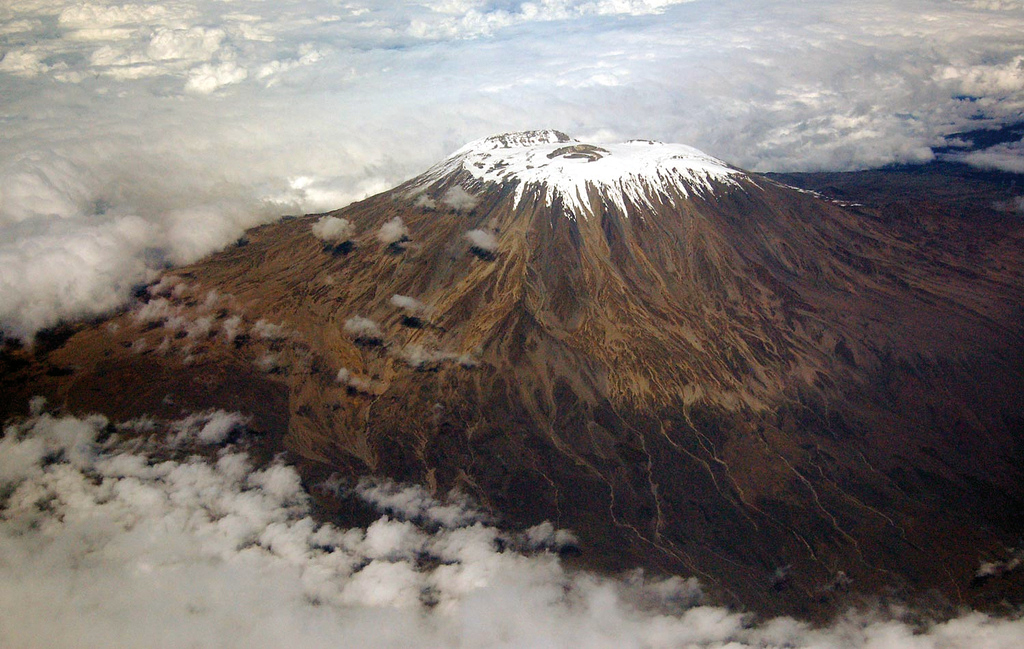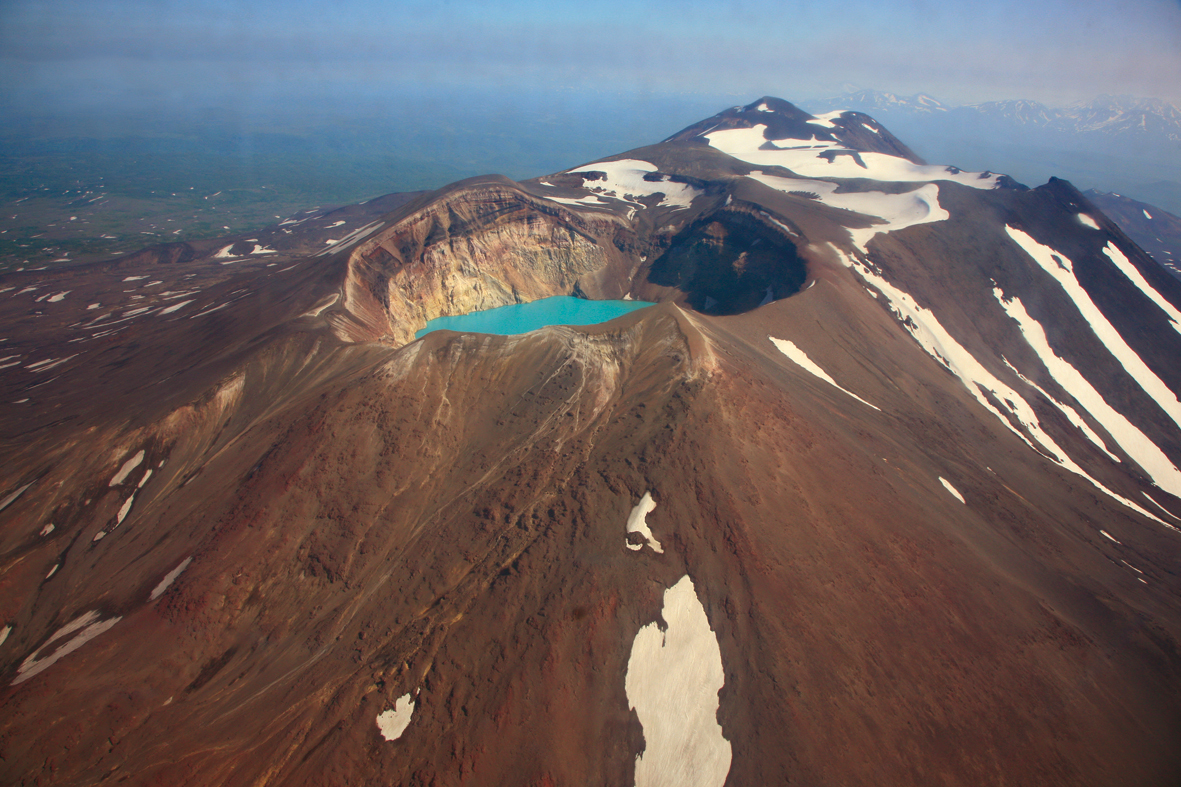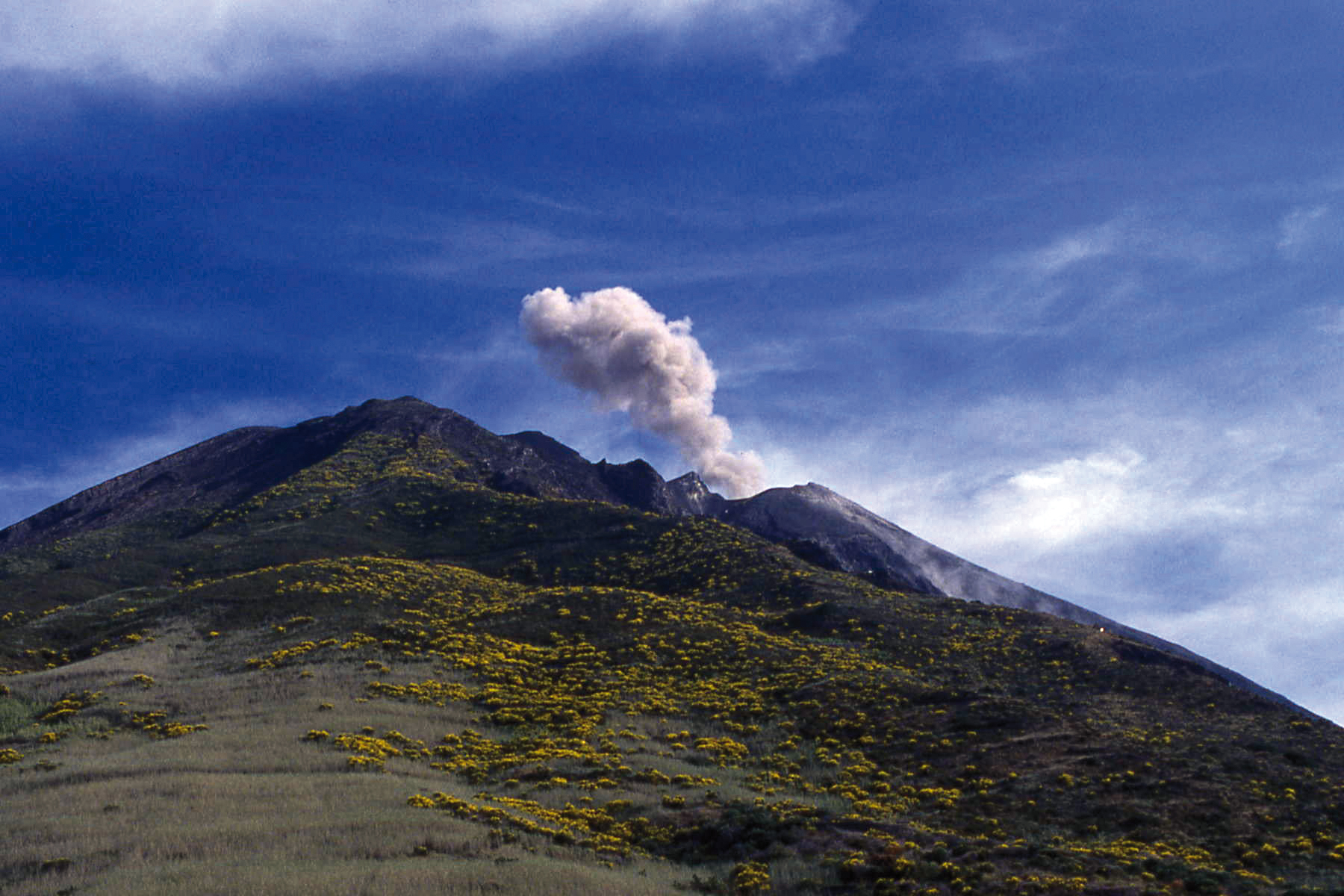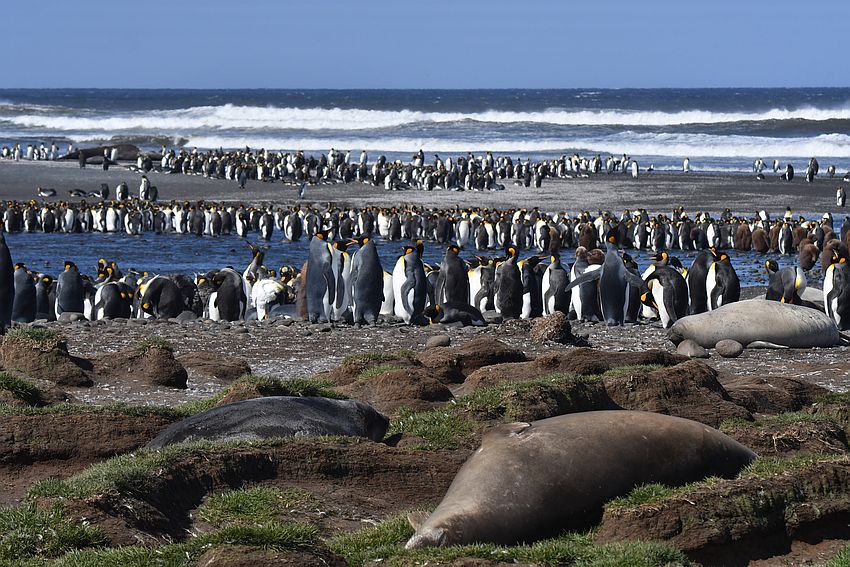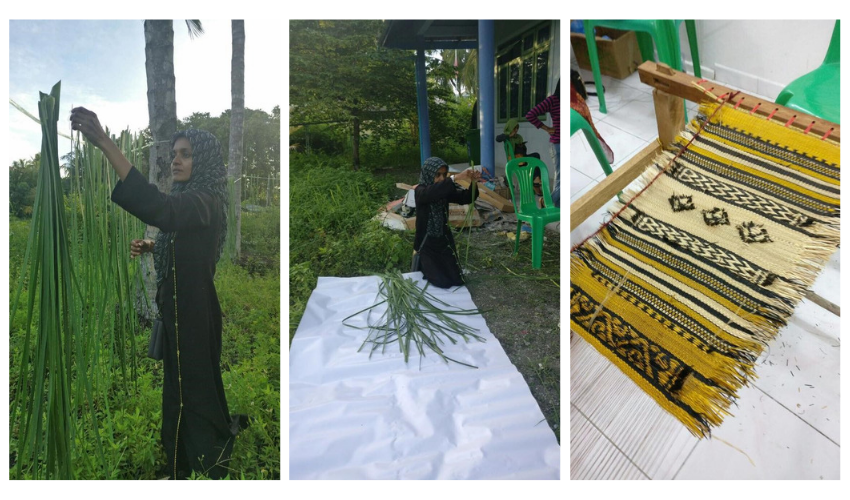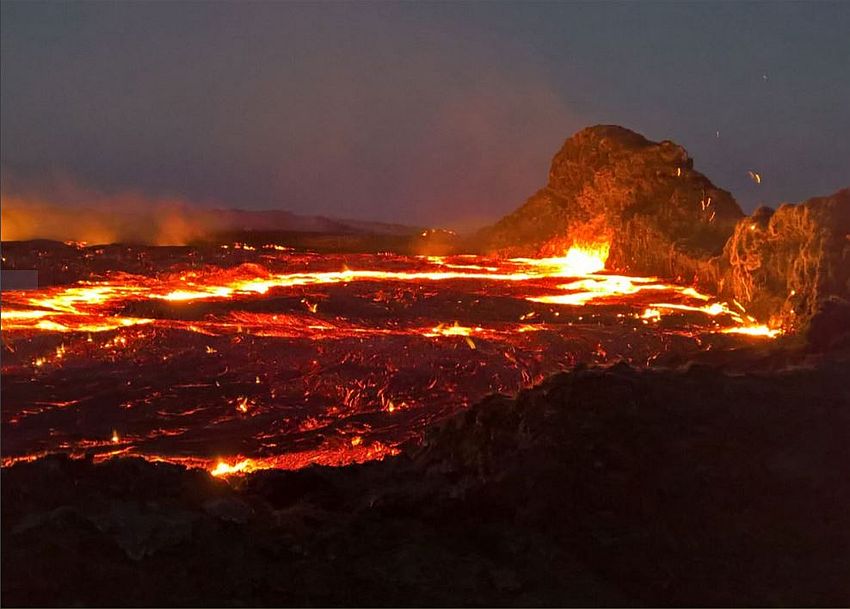Even volcanoes have rights
Volcanoes are perhaps the best known and most spectacular of the earth's geological features and the importance of some as outstanding earth-science features are recognized in their status as natural World Heritage sites.
From the beautiful soaring cone of Mt Kilimanjaro in Kenya, to the infamous Krakatau, a part of the Ujung Kulon National Park in Indonesia, or the giant slumbering caldera of Yellowstone in the US, World Heritage volcanoes provide a diverse range of volcano types, geographical locations and eruptive activities.
Volcanoes capture the public's imagination, not only as beautiful and fascinating landforms, but also as landmarks whose enormous power may threaten society. Not so widely appreciated is that the formation of the planet and the existence of life on it have always been dependent upon the activity of volcanoes.
If the ocean floors are included, over 80 percent of the earth’s surface is of volcanic origin, while the gases emitted from volcanoes over hundreds of millions of years were instrumental in forming the earth’s earliest oceans and atmosphere. These gases provided the ingredients vital to evolve and sustain life. Volcanoes are therefore true natural wonders and it is appropriate that notable ones have been recognized to be worthy of special protection through their inclusion on the World Heritage List.
Threats
In general, because of their large size, long eruptive lifetimes (usually spanning many hundreds of thousands of years), and inherent dangers, the most active volcanic systems are relatively undisturbed and little influenced by human behaviour.
Indeed, on many occasions the interaction between humans and volcanoes is the reverse of that influencing other natural systems, because volcanoes can and do pose substantial hazards to life and property, and indeed to the conservation of important geological, biological and cultural features.
Nevertheless, human activity poses threats to many volcanic World Heritage properties, and include illegal dumping, pollution of ground water, inappropriate highway development and erosion of wilderness quality.
Also undermining the health of the volcanic environment are commercial tourism (including ski development), recreational overuse, off-road driving, mineral extraction and the choking, pollution, and trampling of hydrothermal systems and their tapping for geothermal energy. Older volcanic structures and rock exposures also suffer damage from many of the above.
What has this to do with World Heritage?
It was found that while there are 57 properties that have some volcanic geology, 27 of these contain active volcanoes. Furthermore, because many of the sites with active volcanoes contain more than one volcano, it is estimated that the World Heritage List may contain over 100 active volcanoes, which is over 6 percent of all the world's Holocene subaerial volcanoes. The World Heritage List therefore represents a most important mechanism for protecting the global volcanic estate.
Given their large scale, and their powerful and unpredictable behaviour, the protection of the heritage values of volcanoes and volcanic landscapes is a challenging task. To date, their conservation has been rather haphazard, partly because of the remoteness and apparent barrenness of volcanic terrains, and also because many conservation agencies have considered that such geological resources are little threatened.
However, this approach is far from the truth and the integrity of many of the world's volcanic landscapes and features are under threat from such things as recreational overuse, mineral extraction and encroaching development. In addition, it should not be forgotten that volcanoes are hazardous environments, and while management intervention is often necessary to achieve conservation goals, it is also an essential means by which the risks to communities living on and around volcanoes may be reduced.
IUCN’s latest report provides a review of the volcanic landforms and landscapes inscribed on the World Heritage List. It also reviews those included on the Tentative Lists of States Parties to the World Heritage Convention that may be proposed for nomination in future, and other significant volcanic features that might have the potential to be added to the List.
